New Qualcomm Snapdragon 850 chip is exclusively for Windows 10 devices
The new Snapdragon 850 will power new Windows experiences later this year.
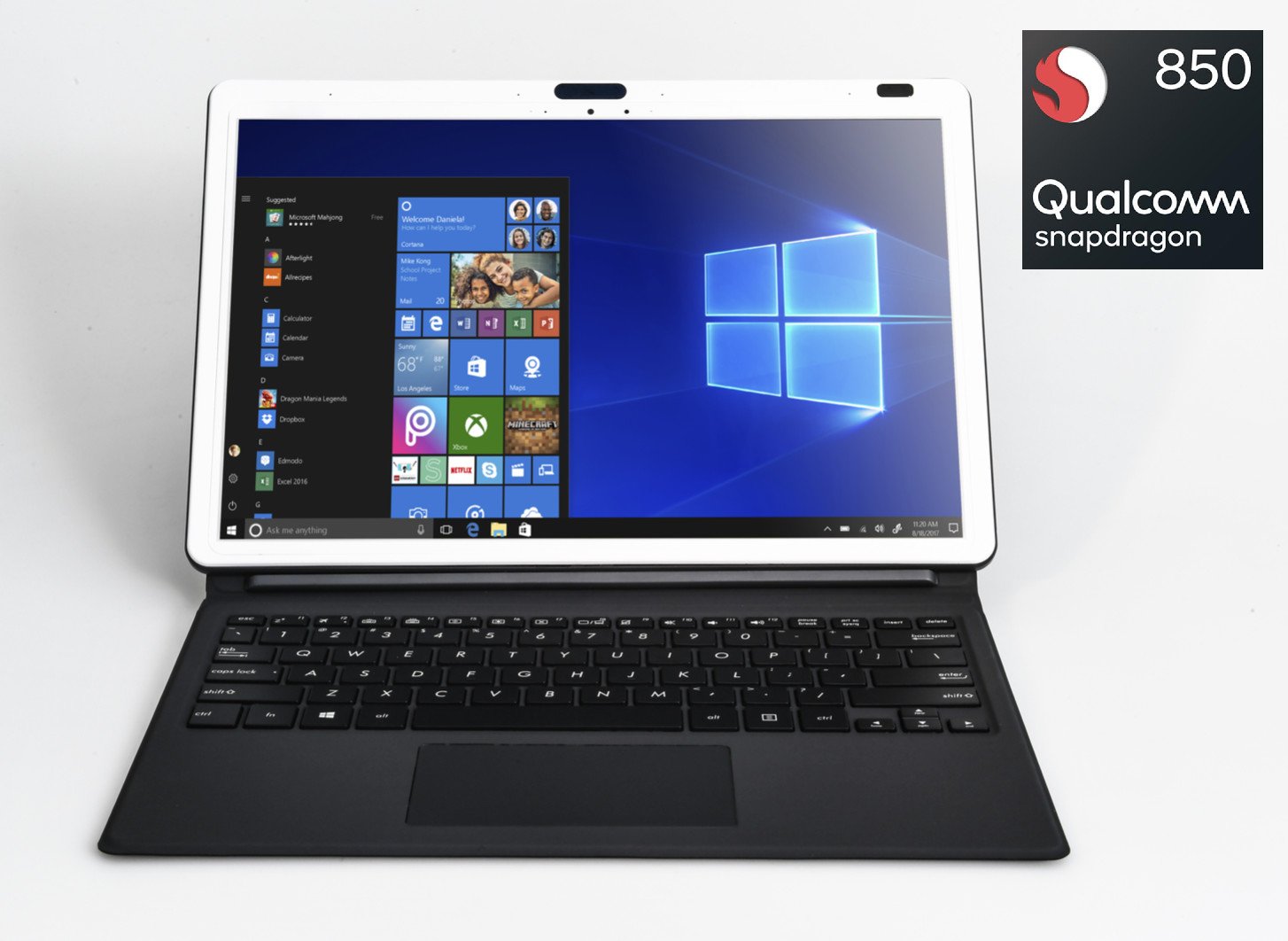
Qualcomm today is announcing the Snapdragon 850 Mobile Compute Platform skipping the current Snapdragon 845 built for smartphones. The new Snapdragon 850 brings a host of new features designed around the Windows 10 operating system and made for smaller computing devices – and not just PCs.
While the Snapdragon 835 found currently in the HP Envy x2, Lenovo Miix 630, and Asus NovaGo is seen as a first attempt at Windows 10 on ARM, the Snapdragon 850 is the first chip built specifically for Windows 10 devices making it a significant advancement.
Snapdragon 850 – What's new
The Snapdragon 850 brings an advancement over the current Snapdragon 835 smartphone processor with higher clock speeds and more finely tuned core balancing for devices running Windows 10.
Compared to the current Snapdragon 835 in Always Connected PCs the new Snapdragon 850 brings:
- 30 percent increase in performance.
- 20 percent increase in battery life and efficiency.
- 20 percent increase in Gigabit LTE speeds.
That boost in performance and longevity is due to the new Hexagon 685 digital signal processor (DSP), Kyro 385 CPU, and new X20 LTE modem.
The refreshed X20 modem can deliver theoretical speeds of up to 1.2Gbps versus the X16 modem in the current Snapdragon 835's 1.0Gbps max.

While many of the components in the new Snapdragon 850 are found in the Snapdragon 845, the 850's tends to be clocked higher and tuned for Windows 10 due to better thermal space, larger batteries, different drivers, and unique hardware. As such, we will never see a Snapdragon 850 in any smartphone.
Get the Windows Central Newsletter
All the latest news, reviews, and guides for Windows and Xbox diehards.
For instance, the Kyro 385 CPU is the same as found in the current Snapdragon 845, but instead of a 2.8GHz clock speed, it now goes up to 2.95GHz (the Snapdragon 835 was even lower at 2.6GHz).
Additionally, the Snapdragon 850 brings support for Microsoft's Machine Learning SDK and artificial intelligence (A.I.) initiatives. As developers being to leverage A.I. in their apps, the Snapdragon will support them through direct hardware acceleration.
Snapdragon 850 - Audio and visual boost too
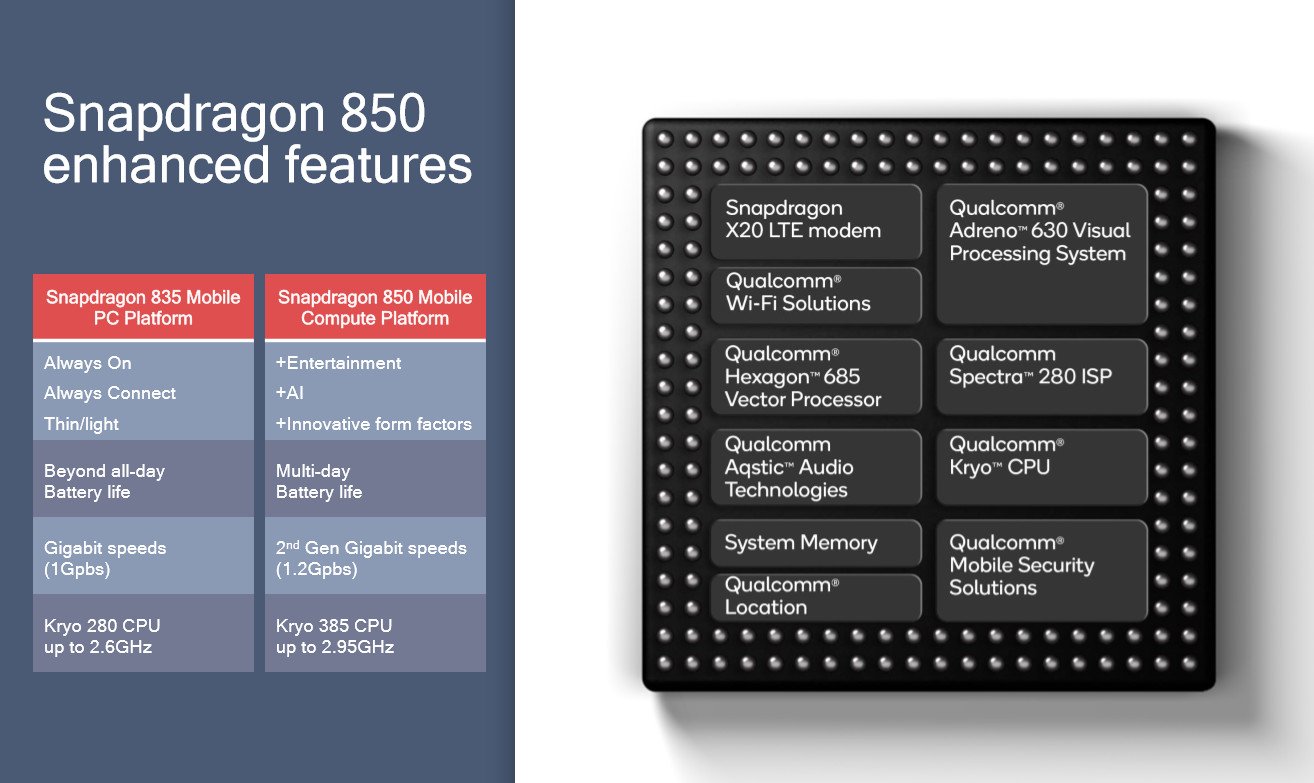
The new Snapdragon 850 chipset also leans more heavily on entertainment. The new chip has support for the following advanced audio features with Qualcomm Aqstic and Qualcomm aptX audio, which features:
- Virtual surround sound.
- Up to native Direct Stream Digital (DSD) format.
- High-dynamic-range and ultra-low Total Harmonic Distortion plus Noise (THD+N).
- aptX HD support.
Qualcomm's Aqstic system works through a standard 3.5mm jack or more current USB Type-C ports.
Another shift is in media creation. The Snapdragon 835 supported 4K playback, but now the Snapdragon 850 also allows for 4K UHD video capture.
Finally, Qualcomm did confirm that the Snapdragon 850 will support secondary display output as well, which opens the door for multi-monitor scenarios.
Welcome to the Mobile Compute Platform
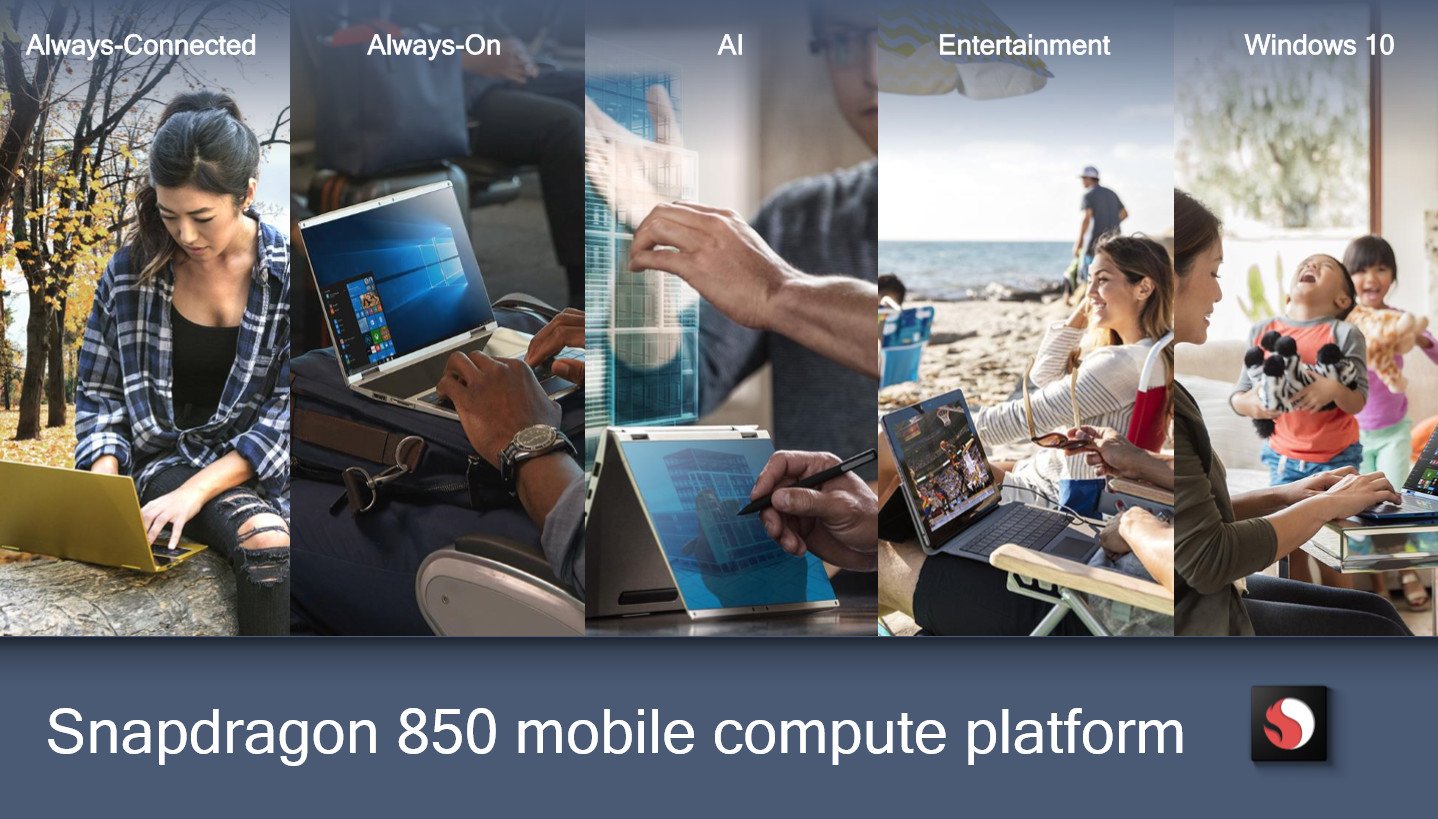
Qualcomm is also making a subtle shift away from the previous 'Mobile PC Platform' with the Snapdragon 835 to the newer and more ambiguous 'Mobile Compute Platform' with the Snapdragon 850.
While Qualcomm did not announce on behalf of any of its partners' new hardware the reasoning for the name shift is due to hardware manufacturers moving beyond traditional laptops and 2-in-1s, which we have seen thus far.
Mobile Compute Platform is a flexible phrase that allows for more "innovative form factors" as Qualcomm calls it. While so far, we have seen 12-inch 2-in-1s there is no reason why Dell, HP, or Lenovo could not make smaller 8-inch devices, small devices with dual displays, or any other radical shift from what we know as a PC today.
Snapdragon 850 hardware specifications
There is a lot of nitty-gritty to the Snapdragon 850. Luckily, we have all of those specificaitons here too.
Cellular Modem – Snapdragon X20
- Peak Download Speed: 1.2 Gbps
- Peak Upload Speed: 150 Mbps
CPU – Kryo 385
- CPU Clock Speed: Up to 2.96 GHz
- CPU Cores: 8 x Kryo 385 CPU
Adreno Subsystem – Adreno 630
- Open GL ES 3.2, Open CL 2.0, Vulkan, DirectX 12
- Ultra HD Premium video playback and encoding @ 4K (3840x2160) 30fps
- Slow motion HEVC video encoding of FHD (1080p) up to 120fps
- H.264 (AVC), H.265 (HEVC), VP9, DisplayPort over USB Type-C support
Camera – Spectra 280
- New architecture for 14-bit image signal processing, with support for up to:
- Single HFR 16 MPix camera at 60fps ZSL
- Dual 16 MPix cameras at 30fps ZSL
- Single 32 MPix camera at 30fps ZSL
- Multi-frame Noise Reduction (MFNR) with accelerated image stabilization
- Hybrid Autofocus with support for dual phase detection (2PD) sensors
- Ultra HD Premium video capture @ 4K (3840x2160) 30fps
Wi-Fi – 802.11ad Multi-gigabit
- Wi-Fi integrated 802.11ac 2x2 with MU-MIMO
- 2.4 GHz, 5 GHz and 60 GHz
Bluetooth – Bluetooth 5
Charging – Qualcomm Quick Charge 4+
Availability
Look for new devices running the Qualcomm Snapdragon 850 platform with Windows 10 in the second half of 2018.
Analysis - Why this is a big deal
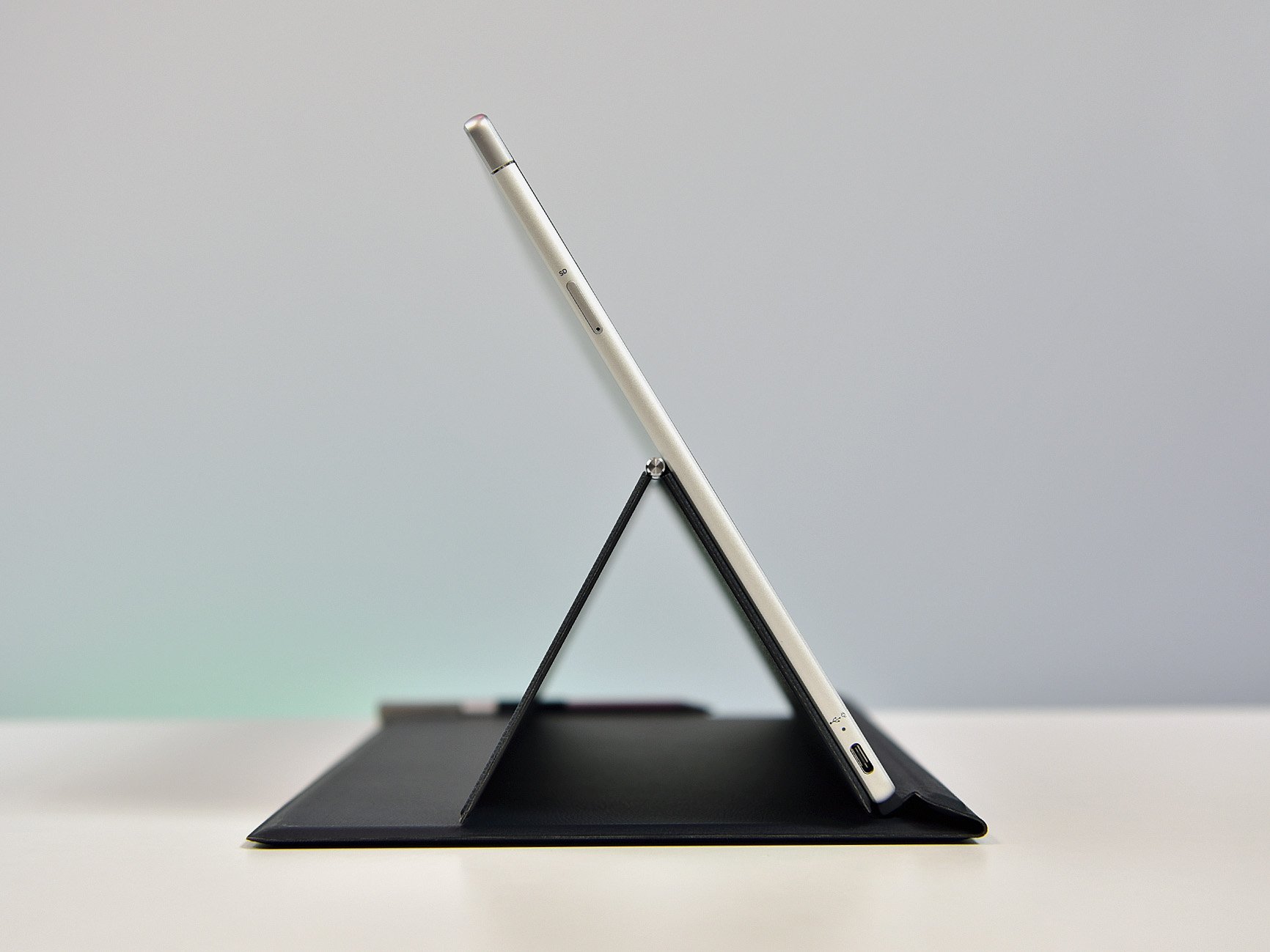
Ever since Microsoft and Qualcomm announced Windows 10 on ARM back in late 2016 questions remained about how it would work, and long-term commitment.
Make no mistake the Snapdragon 850 is a modified Snapdragon 845 – it uses many of the same hardware bits. Internally, we heard the 850 was referred to as "Snapdragon 845s".
But this is the first ARM chip designed and tuned specially for running Windows 10, versus being shoehorned in like the Snapdragon 835. The CPU is clocked higher, the cores are optimized for Windows 10's workload and OS structure, and the drivers now support all the features of the chipset (and vice versa).
One example is hardware-accelerated A.I. support, which makes Microsoft's Machine Learning SDK much more interesting for developers. Advanced A.I.-assisted photo-editing, grammar checking, and smart assistants will be able to leverage this chipset directly opening many more opportunities.
Whereas Qualcomm was touting "beyond all-day battery life," which proved very accurate in my HP Envy x2 review, the Snapdragon 850 now boasts "multi-day battery life."
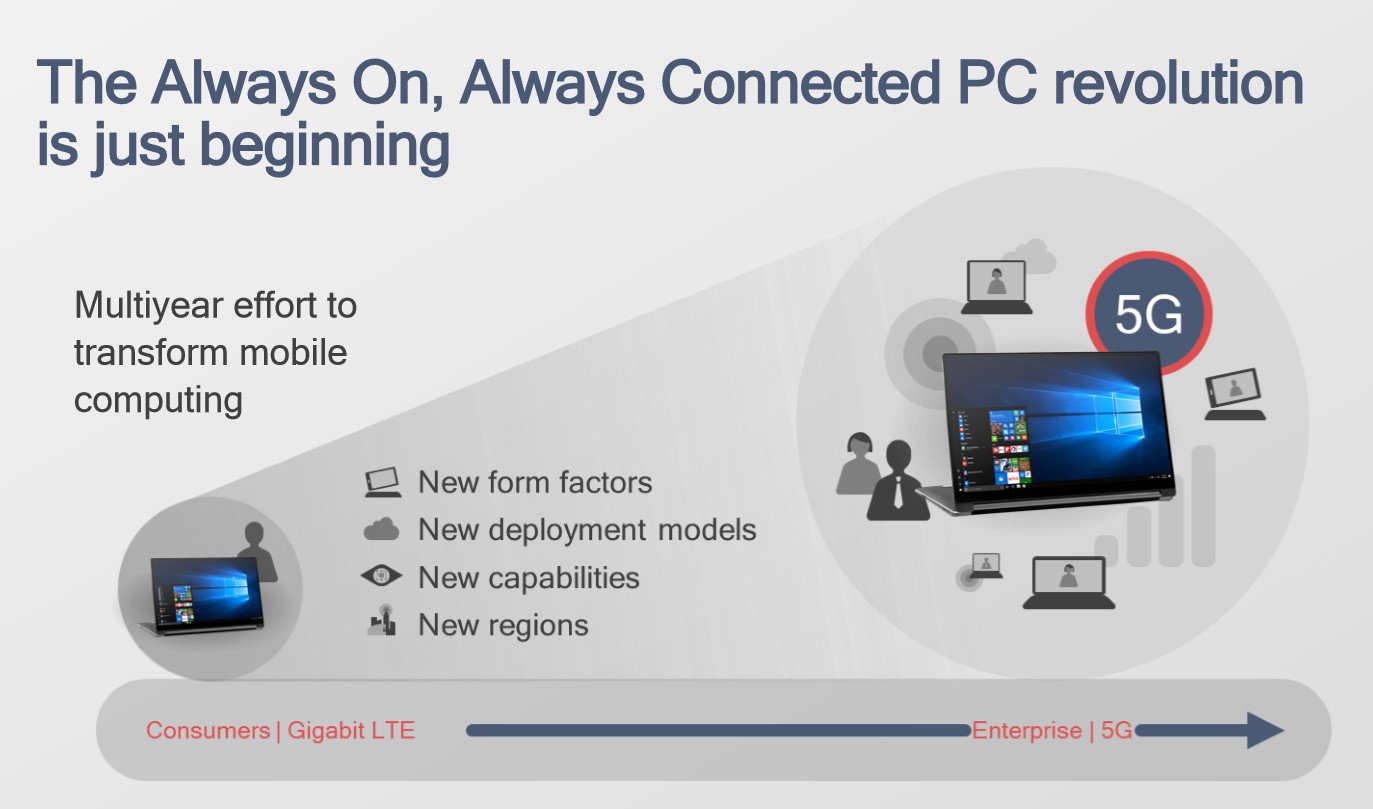
That new X20 modem not only increases theoretical LTE speeds to 1.2Gbps but it also extends its reach more markets due to lower Licensed-Assisted Access (LAA) requirements with 90 percent of operators supporting the 10MHz range.
We should also begin to see some real hardware innovation too. While Surface-clones are fun we should begin to see new form factors and experimental designs from manufacturers starting this year with the Snapdragon 850.
While there was no announcement around Microsoft's rumored "Andromeda" dual-screened tablet that PC being powered by the Snapdragon 850 seems very likely. Andromeda is not expected to be announced until the fall, which lines up nicely with the expected availability of the Snapdragon 850.
Finally, as Qualcomm remarks themselves, this is only the beginning of a "multi-year effort." Rumors of a "Snapdragon 1000" powered by the new Cortex-A76 processor in 2019 promises performance rivaling an Intel Core i5 CPU. That paves the path for "real" PC laptops with the expected performance of Intel, but all the benefits of ARM.
Even Dell is rumored to have a dual-screen mobile device.
Buckle up. The rest of 2018 and 2019 is going to get even more exciting for "compute devices" with Windows 10. It's no longer just about traditional PCs.

Daniel Rubino is the Editor-in-chief of Windows Central. He is also the head reviewer, podcast co-host, and analyst. He has been covering Microsoft since 2007 when this site was called WMExperts (and later Windows Phone Central). His interests include Windows, laptops, next-gen computing, and wearable tech. He has reviewed laptops for over 10 years and is particularly fond of 2-in-1 convertibles, Arm64 processors, new form factors, and thin-and-light PCs. Before all this tech stuff, he worked on a Ph.D. in linguistics, performed polysomnographs in NYC, and was a motion-picture operator for 17 years.
